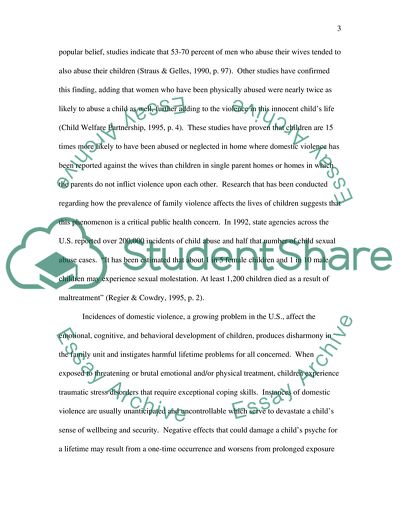Cite this document
(Causes of Juvenile Delinquency in America Essay, n.d.)
Causes of Juvenile Delinquency in America Essay. https://studentshare.org/law/1704555-possible-causes-of-juvenile-delinquency-and-the-efect-it-will-have-on-the-future-of-america
Causes of Juvenile Delinquency in America Essay. https://studentshare.org/law/1704555-possible-causes-of-juvenile-delinquency-and-the-efect-it-will-have-on-the-future-of-america
(Causes of Juvenile Delinquency in America Essay)
Causes of Juvenile Delinquency in America Essay. https://studentshare.org/law/1704555-possible-causes-of-juvenile-delinquency-and-the-efect-it-will-have-on-the-future-of-america.
Causes of Juvenile Delinquency in America Essay. https://studentshare.org/law/1704555-possible-causes-of-juvenile-delinquency-and-the-efect-it-will-have-on-the-future-of-america.
“Causes of Juvenile Delinquency in America Essay”. https://studentshare.org/law/1704555-possible-causes-of-juvenile-delinquency-and-the-efect-it-will-have-on-the-future-of-america.


